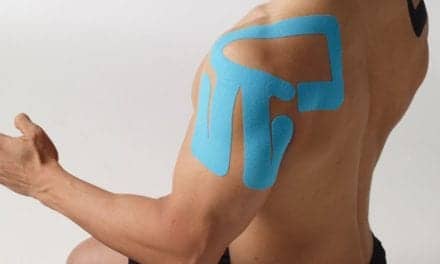A study by sports medicine researchers at Henry Ford Health System provides a new perspective on performance levels of female professional athletes after they return from anterior cruciate ligament (ACL) injury and reconstructive surgery.
Players in the Women’s National Basketball Association didn’t regain their elite performance level for at least 2 years after the injury. That’s about a year longer than players in the National Basketball Association who suffered the same injury, according to the study, published recently in the Orthopaedic Journal of Sports Medicine.
Additionally, WNBA players had significantly lower performance numbers in games played, games started, minutes played, points scored, rebounds, assists and blocked shots during the season in which they returned to play.
The study’s findings are important for both players and coaches to set reasonable expectations for returning, not only at the professional level but also at collegiate and high school levels, the researchers note. Numerous studies have identified many causes that contribute to high rates of ACL injuries in female athletes including differences in lower extremity muscle activation, joint laxity, neuromuscular control, knee anatomy and hormonal factors, a media release from Henry Ford Health System suggests.
“The data on WNBA players’ ACL tears and reconstruction has been previously studied, but what previous investigations did not evaluate is the performance levels after returning from these injuries. The players we studied were back playing after 7 months, but the statistical data revealed that they didn’t return to their previous performance numbers on the court until their second or third year back on the court.”
— said Kelechi Okoroha, MD, the study’s senior author
Orthopedic studies suggest that female athletes are 2 to 10 times more likely to sustain an ACL tear than male athletes, depending on the sport. With basketball players, females are at 2 to 7 times greater risk.
The ACL is an important ligament in stabilizing the knee and many professional athletes’ season have come to a sudden end thanks to this very common injury. In the U.S., approximately between 100,00 and 200,000 ACL ruptures occur annually. ACL reconstructions are among the most common sports medicine procedures performed, numbering about 100,000 each year.
ACL Injuries in WNBA Players Evaluated
In this retrospective study, researchers evaluated ACL injuries in 59 WNBA players from 1997-2018 and their impact on their return to sport and performance level. Data was collected for each player before and after injury to assess changes in playing time and statistical performance. Players who returned to play after ACL reconstruction were compared with their uninjured counterparts.
Key performance findings on average in the first year after surgery:
- Games played decreased from 69.6 to 57
- Minutes played decreased from 23.4 to 18.4
- Points per game decreased from 10.2 to 6.5
Okoroha has led similar respective performance studies of NBA, NFL and MLB male athletes and thinks this research of female athletes is important in comparing the information and accurately counseling athletes returning from ACL injury.
“In comparison, the WNBA players returned to competition at a lower rate (69.5%) than NBA players with similar injuries (88.9%) and their performance numbers were measuredly lower once they returned.”
— Kelechi Okoroha, MD
As a former college basketball player and team captain at Xavier University of Louisiana, Okoroha also brings a player’s perspective on the implications of ACL injuries.
“Some of my teammates suffered ACL ruptures. These are devastating injuries that not only impact a player’s morale and outlook but also require a great deal of mental and physical work to return to previous performance levels.”
— Kelechi Okoroha, MD
[Source(s): Henry Ford Health System, EurekAlert]
Related Content:
Are ACL Tears Really More Common in Women?
Could “The Pill” Protect Against ACL Injuries?
ACL Reconstruction May Lead to New Injuries Among Females, Per Study





